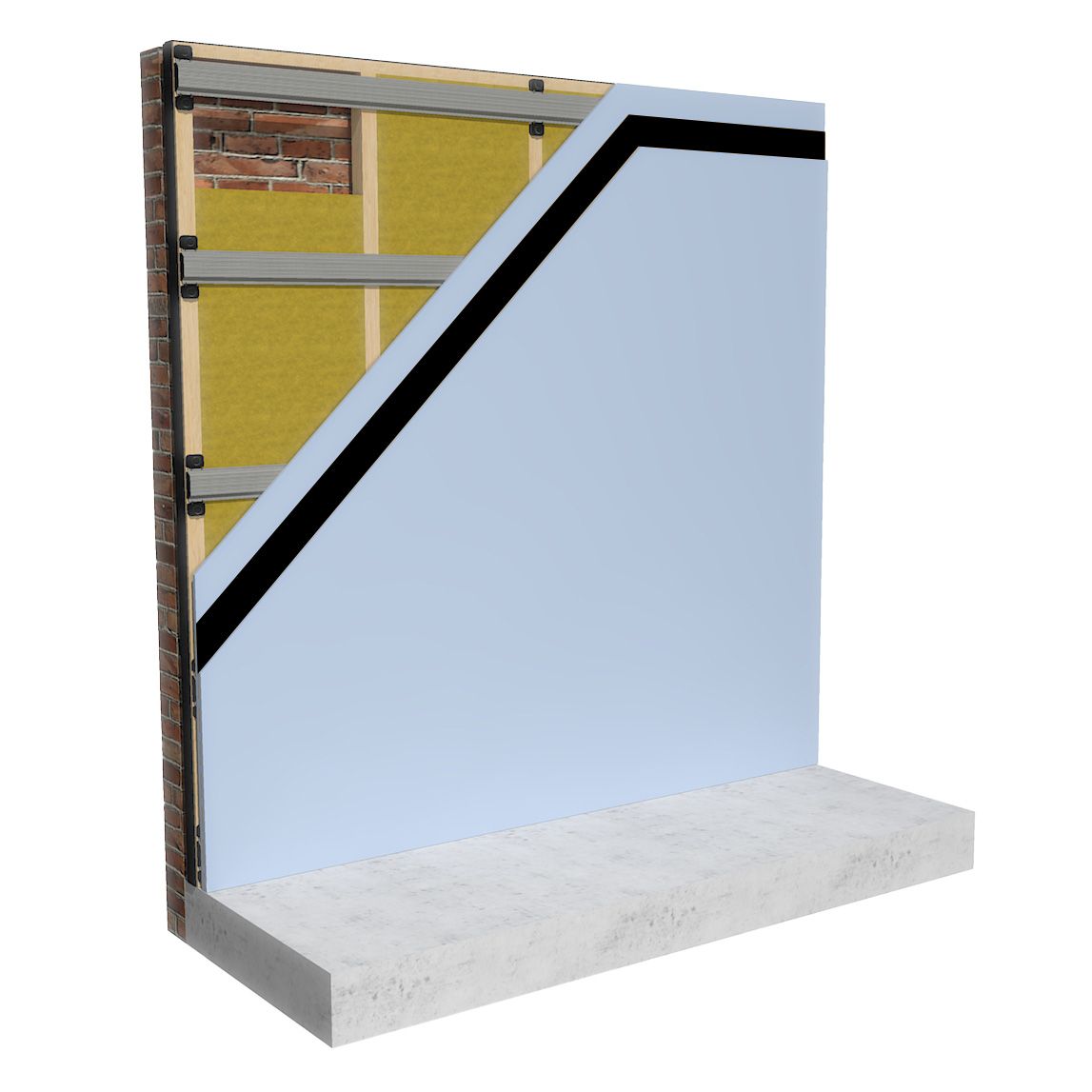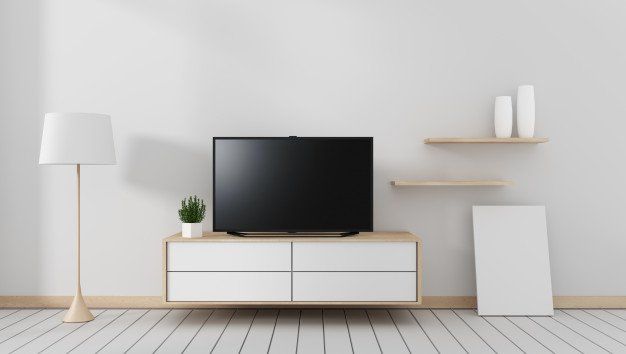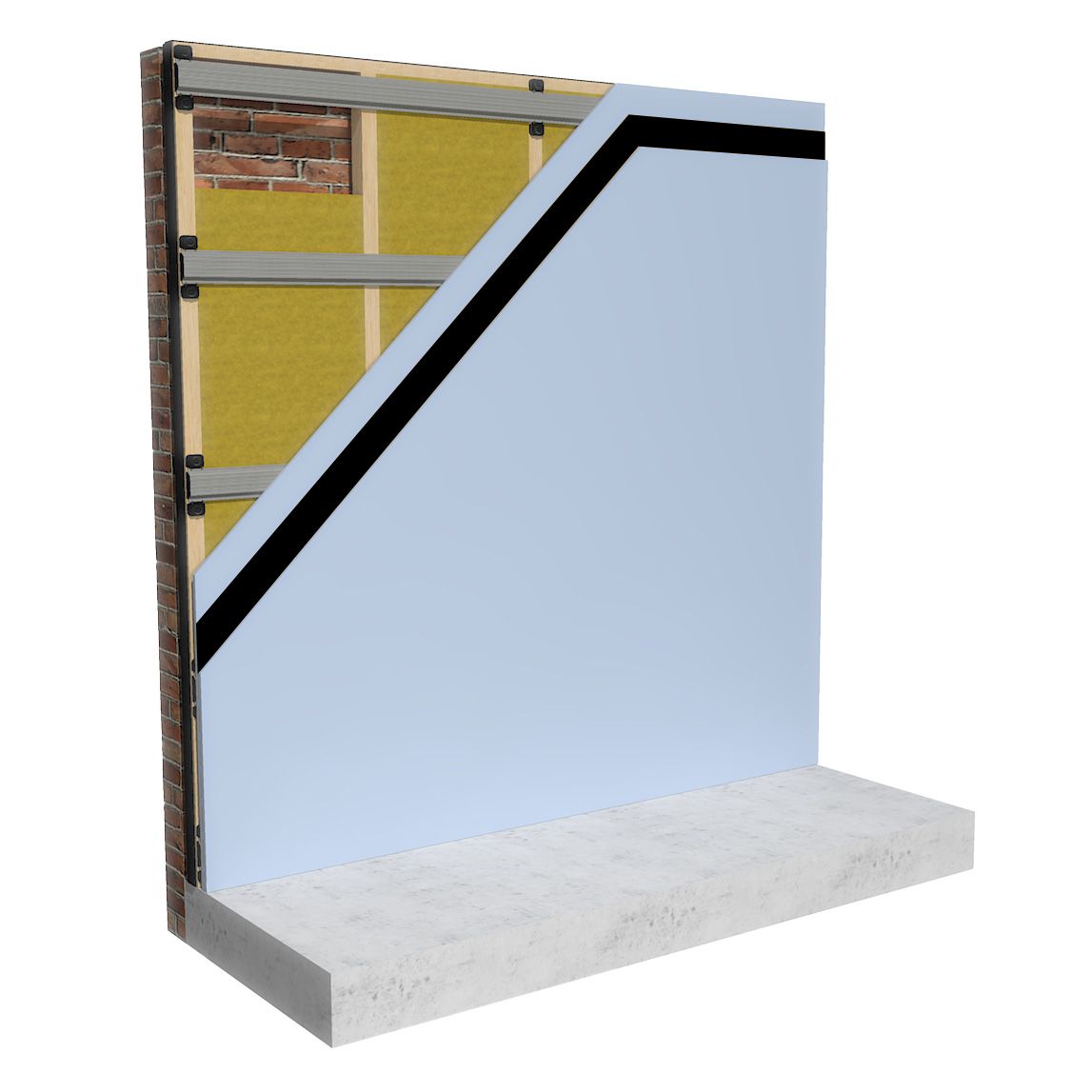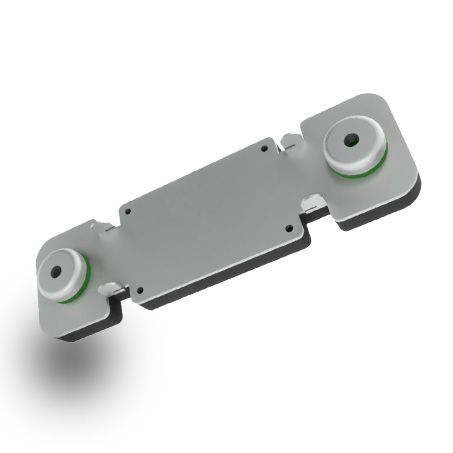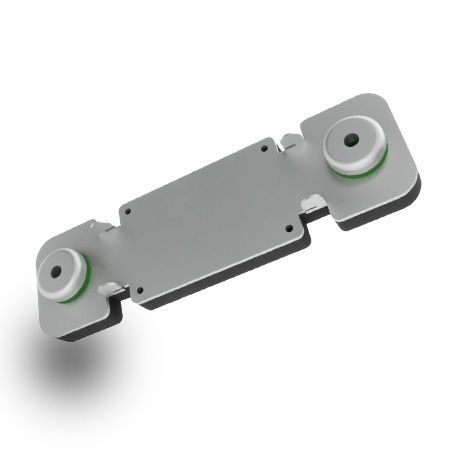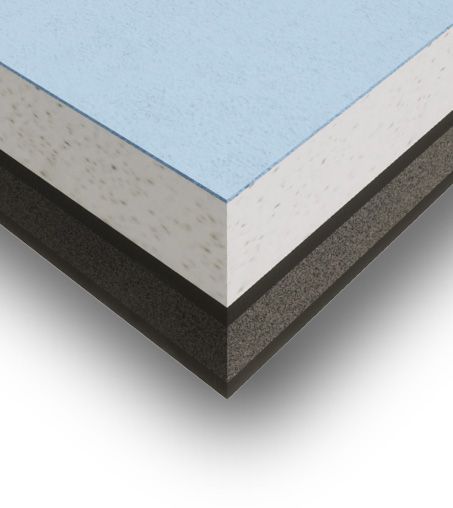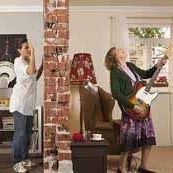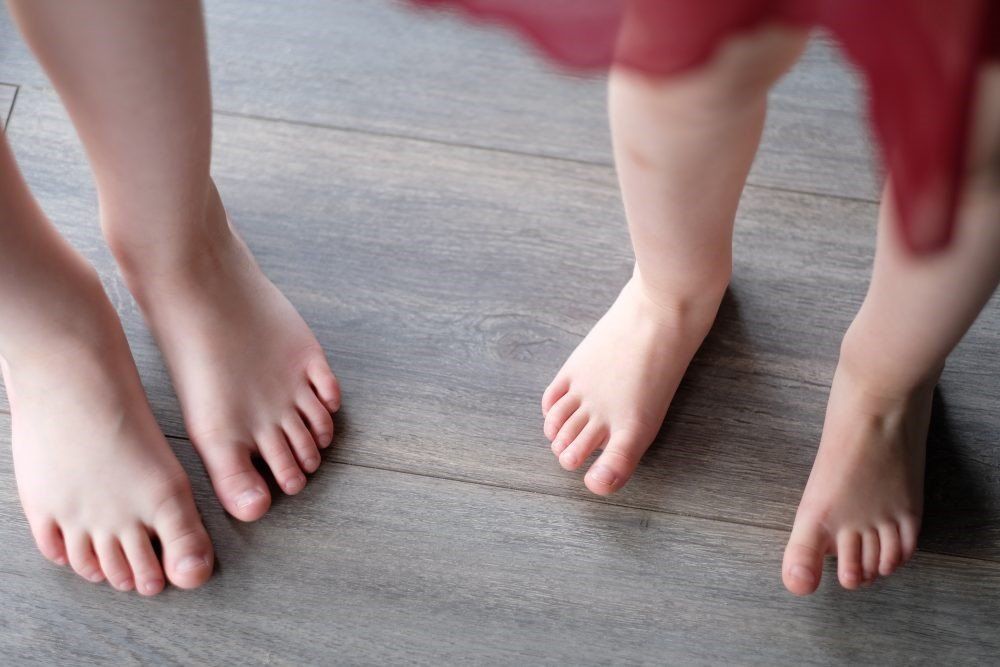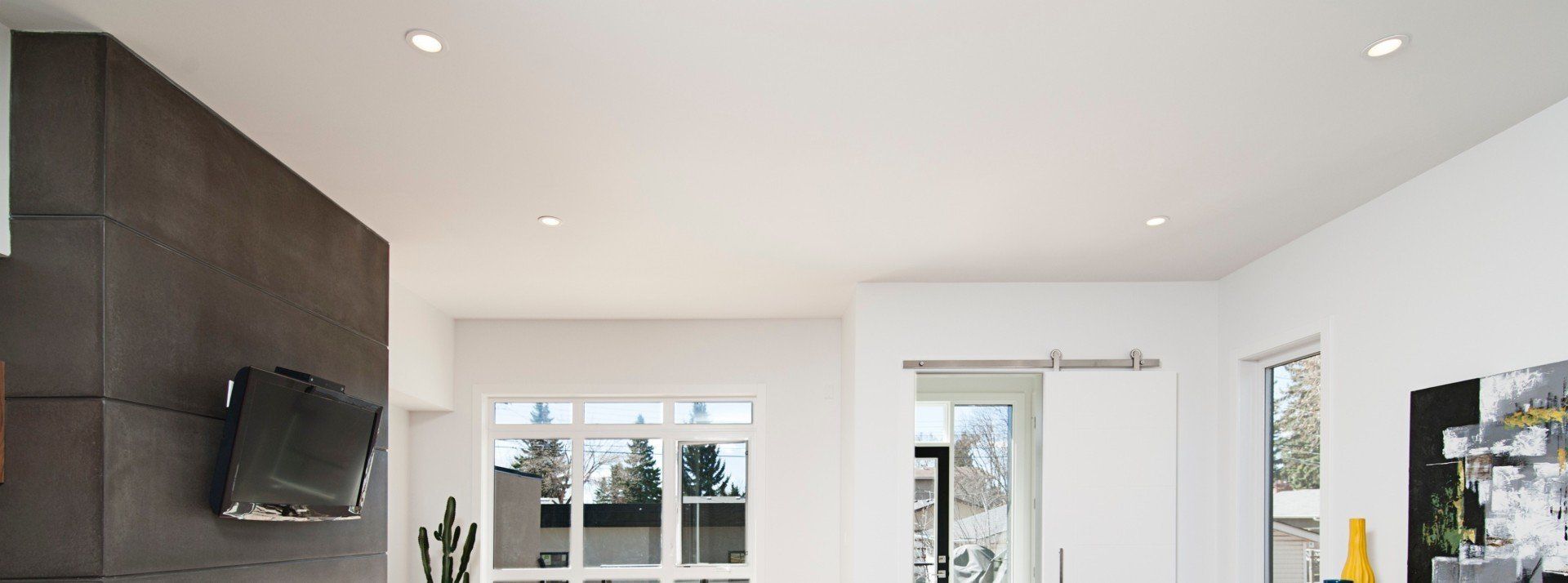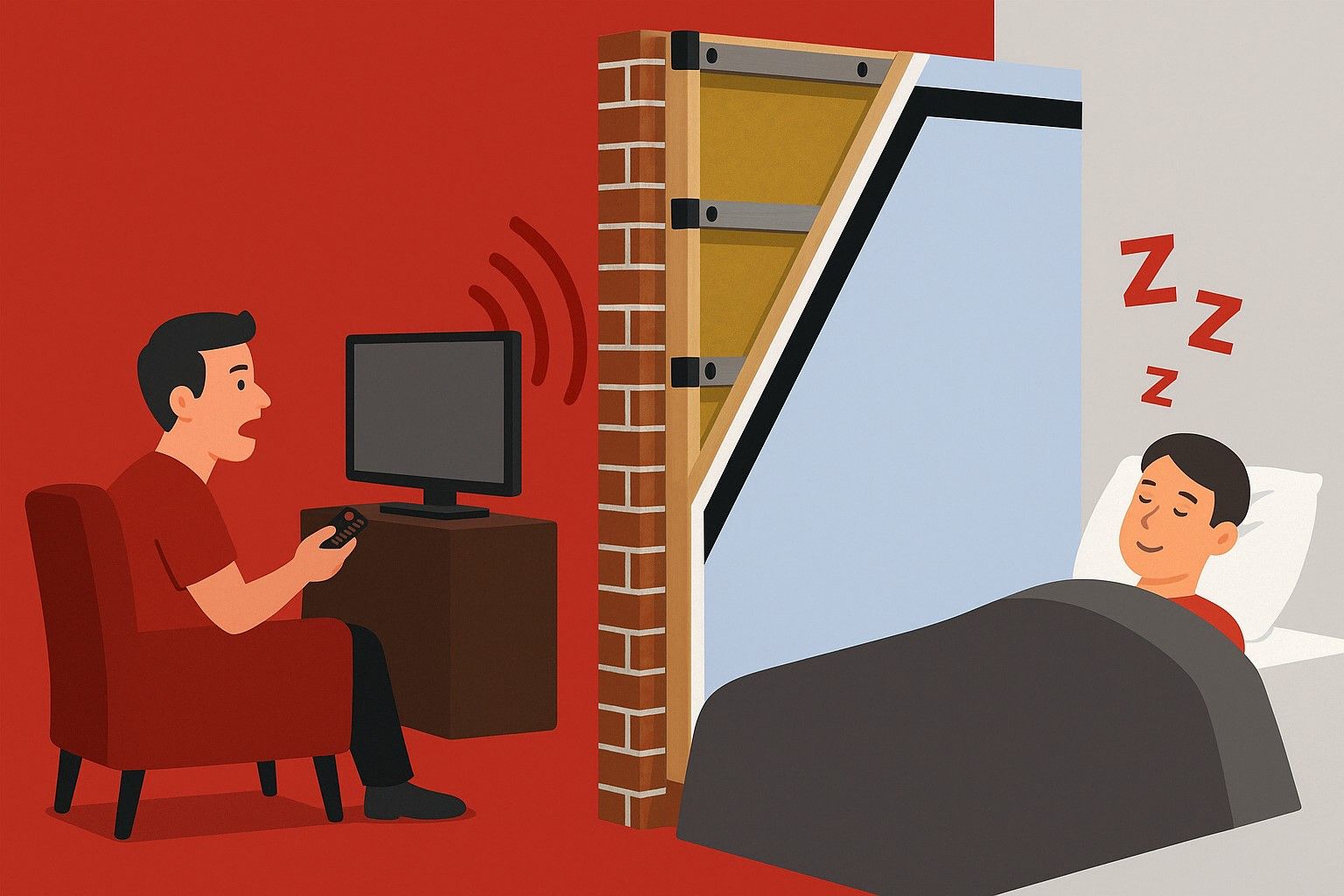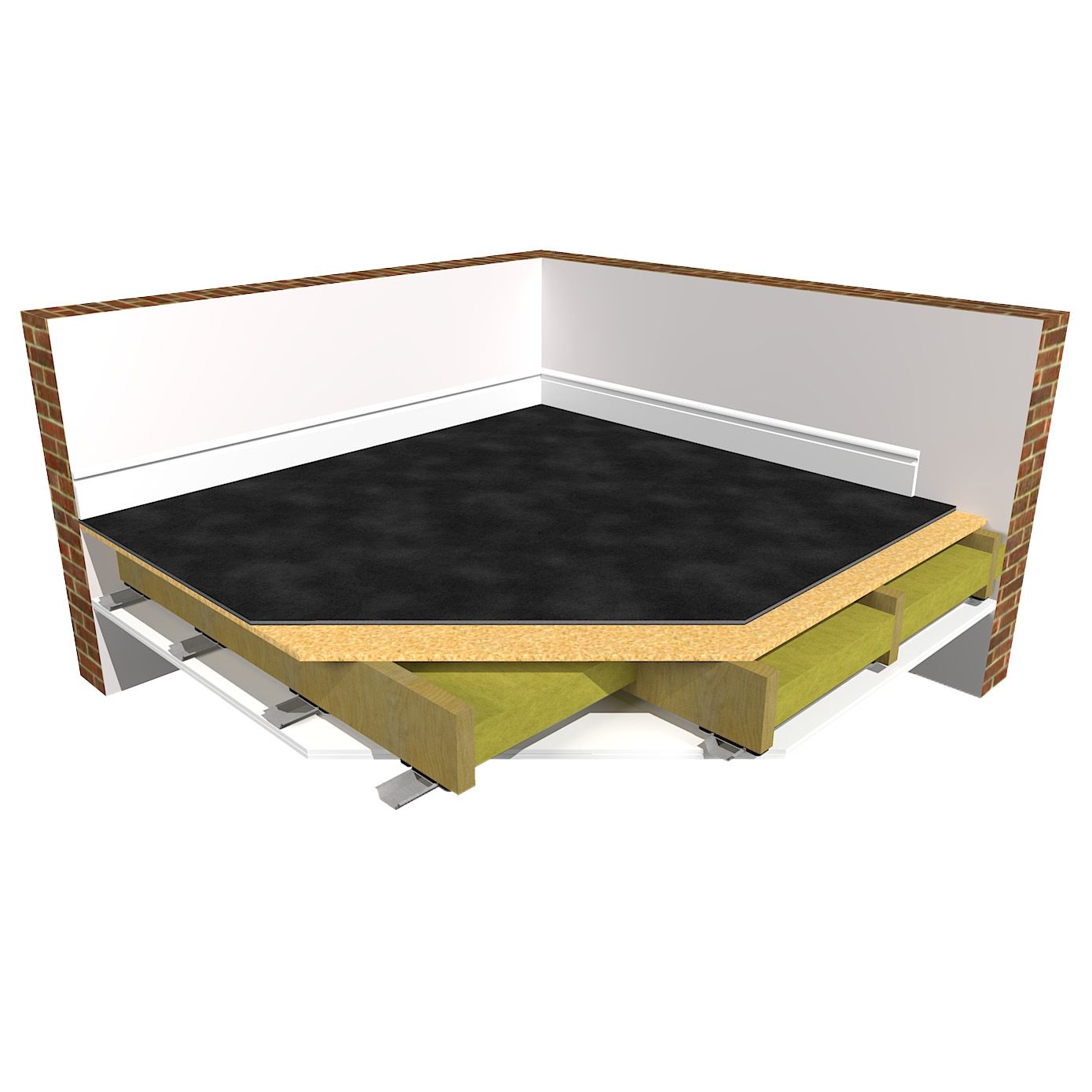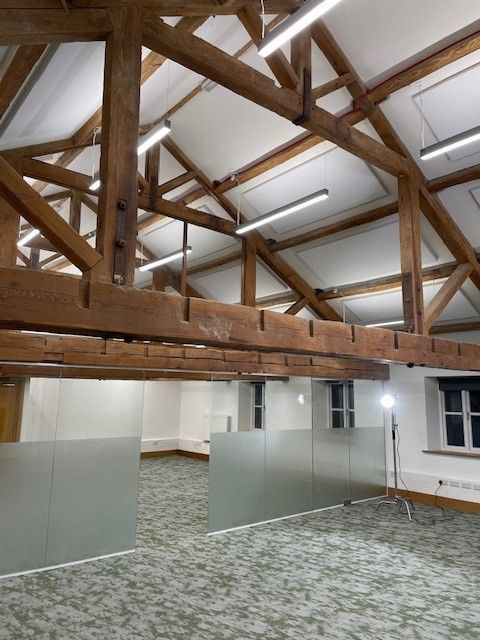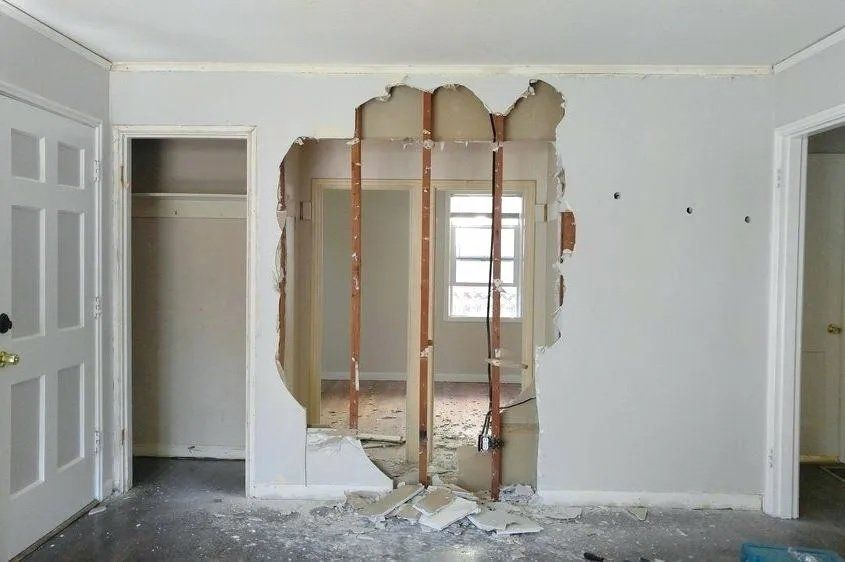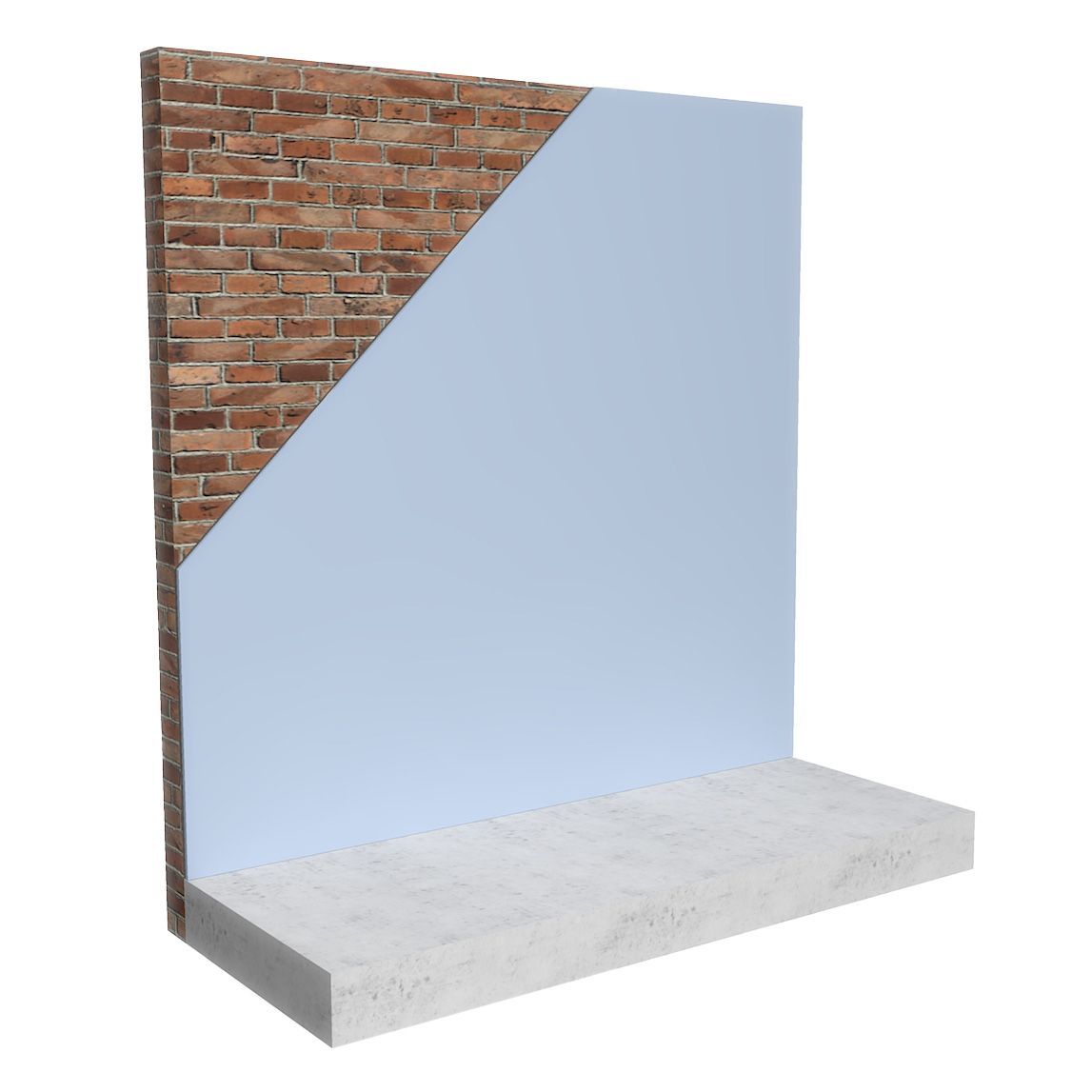What Is The Best Way To Soundproof A Wall?
Firstly We Need To Understand How Sound Passes Through A Wall
Airborne Noises
- Talking, television sounds, dog(s) barking.
Impact Noises
- Footsteps, footfall on stairs adjoining the party wall, banging doors and cupboards.
When sound is created at the source, it becomes a vibration energy, this energy is known as airborne noise and initially travels through from within your neighbours room, through the dividing wall and into your room where the sound is first heard.
This sound energy enters the structure and the vibrations pass through the wall, through materials such as the bricks, mortar and plasterboards, in most scenarios.
Usually, standard house walls perform poorly in terms of soundproofing due to having either a low level of mass, weaknesses in the structure, or no de-coupling / isolation of the materials to dampen down the vibrations.
In some cases where a stud frame is present, there may be a hollow space between the timber profiles, with no insulation, in which case the sound energy will amplify and echo in this empty chamber, this is commonly known as the 'drum effect'.
How Can We Effectively Reduce This Unwanted Sound?
- Using a combination of different layers of materials with a high level of mass / density.
- Adding products with a high level of resilience to your current existing wall, of which will help to reduce, as well as absorb the sound energy being transferred through from the neighbouring property.
- Finally, adding layers of different densities or types of mass which perform well against different frequency levels i.e. high pitch and medium pitch sounds.
In simple terms, the best way to soundproof a wall is by:
1. Adding a combination of different materials with varying properties, which help to effectively reduce the vibration energy.
2. Also adding a high level of mass to the wall, this essentially makes it more difficult for the sound energy to pass through - If you add lots of layers of the same density, the common misconception is that this will continuously reduce the sound energy to the same degree. This is not the case, as adding different types of mass helps to reduce varying frequencies of sound energy, therefore increasing the overall effectiveness of soundproofing the wall. Adding more layers of the same material, won't effectively soundproof a wall.
3. Importantly, to soundproof a wall, we also need to add layers which have high level of resilience, this means having materials which can effectively absorb and minimise the sound energy / vibrations travelling through your wall.
Highest Performing Wall Soundproofing System - ReductoClip™ Independent Wall System
Our highest performing wall system is known as our
ReductoClip™ independent wall system, which is typically used in nightclubs and studios, this is the most effective system in terms of sound reduction predominantly for airborne sounds and vibration energy.
This system works exceptionally well, even for louder sounds, by being completely isolated from the current structure, the timber frame which makes up part of the system is 10mm away from the existing wall therefore it is de-coupled and not in direct contact with the solid wall, making it harder for the sound energy to transfer through as you have a break in the system.
The system also comprises of an isolation strip around the perimeter, helping to reduce flanking vibration coming through from your walls, floor and ceiling.
ReductoClip Soundproofing Solution - Overview
How to Soundproof a wall with the ReductoClip™ Independent Wall System
How do the ReductoClips™ Work?
The ReductoClips on this system are designed to fix on to the timber frame, reducing the magnitude of vibrations by de-coupling the further plasterboard layers from the frame, acting similar to shock absorbers, which dampen down and absorb the vibrational energy. They are also designed to hold the horizontal furring bars in place.
The final layers of the system – the
Tecsound SY100 and the two layers of
acoustic plasterboard both have different types of mass which assist with blocking out different levels of sound frequencies or pitches.
As a rule of thumb, with this system you would typically expect to have an 80-90% reduction in sound transferral through the offending walls of your neighbouring property, taking into account the performance of this system, this is the slimmest independent wall system on the current UK market, minimising the amount of space loss within your room.
If you would like to learn how the ReductoClips outperform other clip systems, please see our
ReductoClip™ System Comparison Blog .
Further wall soundproofing solutions can be found below:
